
Distal Biceps Tendon Repair
-
Diagnosis and Treatment
A tear of the distal biceps tendon—where the tendon attaches the biceps muscle to the forearm bone (radius)—is a serious injury that can lead to significant weakness and loss of function if not treated appropriately. Prompt diagnosis and advanced surgical repair offer the best chance for full recovery.
-
Anatomy of the Distal Biceps
The biceps brachii muscle has two proximal tendons (long and short heads) and a single distal tendon that inserts onto the radial tuberosity in the forearm. This tendon is responsible for two critical movements:
- Elbow flexion (bending the arm)
- Forearm supination (rotating the palm upward)
A distal biceps tear disrupts these functions and often occurs during a sudden, forceful extension of the elbow under load, commonly while lifting or pulling.
-
Signs and Symptoms:
Patients with a distal biceps tendon rupture typically report:
- A sudden “pop” or tearing sensation in the front of the elbow
- Sharp pain, followed by bruising and swelling
- A visible change in arm contour ("Popeye" deformity)
- Weakness in elbow flexion and forearm rotation
- Difficulty lifting or rotating objects (e.g., turning a doorknob or using a screwdriver)
-
The Diagnostic Workup Evaluation includes:
- Physical examination (Hook test, supination resistance)
- MRI to confirm the presence of a partial or complete tear, and determine the degree of retraction or tendon degeneration
Nonoperative Management
-
Non-surgical treatment may be appropriate for:
- Low-demand patients
- Partial or low-grade tears
- Medically complex patients for whom surgery carries excessive risk
However, studies show that nonoperative management of complete tears leads to permanent strength deficits:
- 30–50% loss of supination strength
- 20–30% reduction in elbow flexion strength
- Impaired endurance, especially during repetitive tasks
For active individuals, these deficits can significantly impact function, particularly in lifting, rotation, or manual labor.
-
In Partial Tears:
Especially with ongoing pain or functional limitation, ultrasound-guided orthobiologic injections—such as PRP (Platelet-Rich Plasma) or BMAC (Bone Marrow Aspirate Concentrate)—may aid healing and reduce inflammation. These biologic therapies are designed to enhance tissue regeneration and are often used alongside physical therapy.
Surgical Repair
Surgical reattachment is the standard of care for complete distal biceps tendon tears, particularly in patients who wish to return to high-demand activities or occupations.
-
Dr. Jazayeri’s Advanced Surgical Approach
Dr. Reza Jazayeri, a double board-certified orthopedic surgeon, specializes in treating complex distal biceps tendon injuries using a comprehensive and modern approach that combines mechanical strength with biologic healing support. His technique is designed to restore full arm strength and function—especially for athletes, active individuals, and those requiring revision surgery.
-
BIO-enhanced Distal Biceps Reconstruction
This advanced reconstruction method blends the strongest available fixation techniques with biologic tissue reinforcement and regenerative medicine to optimize healing and long-term success.
- Strongest Fixation for Tendon Repair Dr. Jazayeri uses a dual-fixation system:
- 3 times stronger than the bone bridge and 2 times stronger than the anchor fixation
-
Cortical button and interference screw:
These low-profile implants securely anchor the tendon to the bone, offering exceptional strength—especially important during early rehab when stress is placed on the repair.
Watch: Distal Biceps Repair with Arthrex® Tension Slide
-
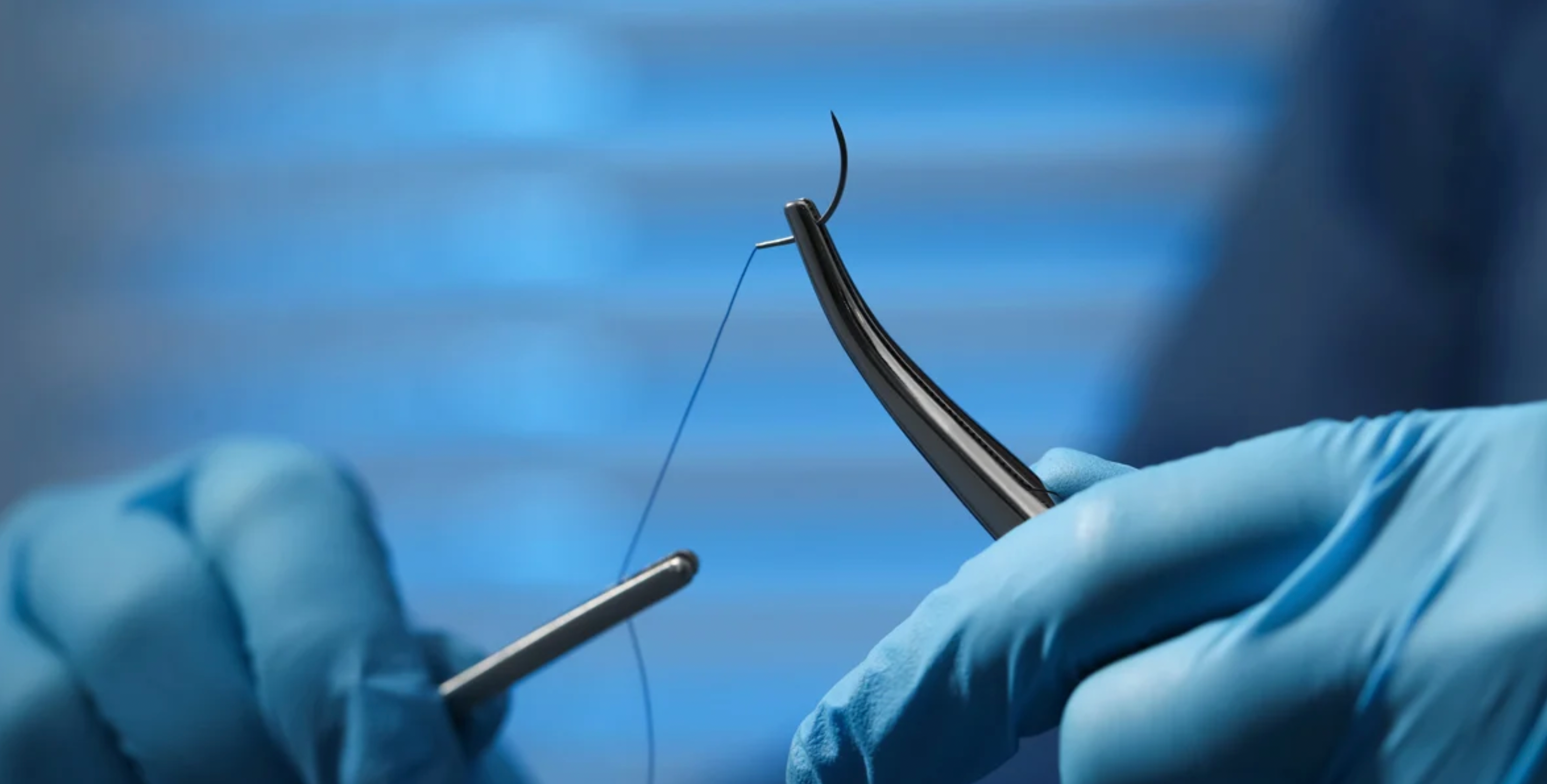
High-Strength Sutures:
Used to reduce the risk of early failure and support safe movement during recovery.
-
Acellular Dermal Matrix (ADM)
Reinforcement in cases where the tendon is worn down, retracted, or weakened (such as chronic tears or revision surgeries), Dr. Jazayeri may add an ADM graft to reinforce the repair. ADMs are biologic scaffolds made from donor tissue, processed to remove cells but retain a strong collagen structure. Their benefits include:
- Thickening and strengthening the repair site
- High suture pullout strength for added security
- Support for healing by allowing blood vessels and the patient’s own cells to grow into the graft
-
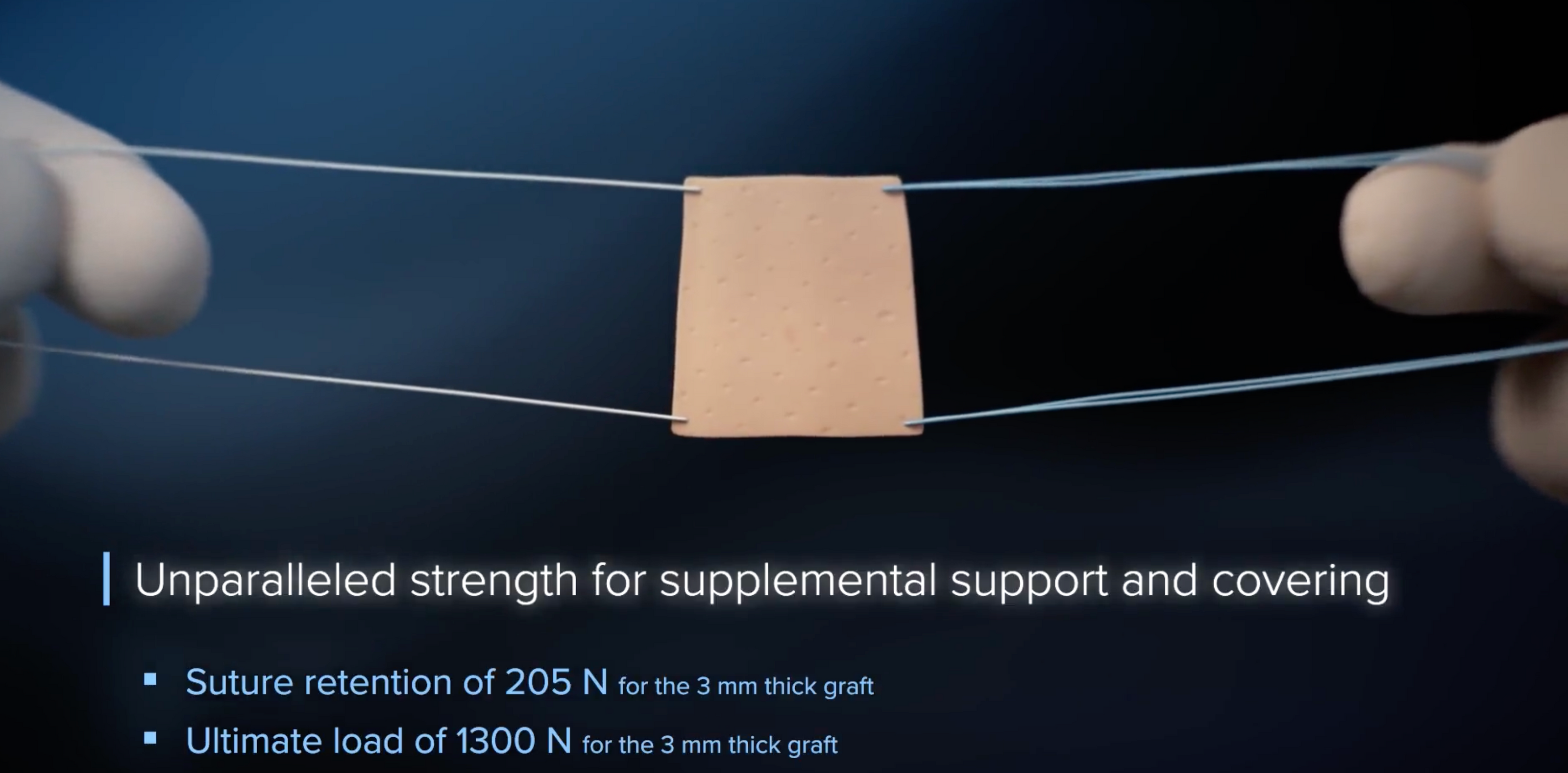
Research shows that ADM augmentation:
- Increases the repair’s load to failure and stiffness
- Decreases gap formation
- Helps restore the native biomechanics of the tendon
This makes ADM particularly valuable for athletes or weightlifters returning to high-intensity activity.
-
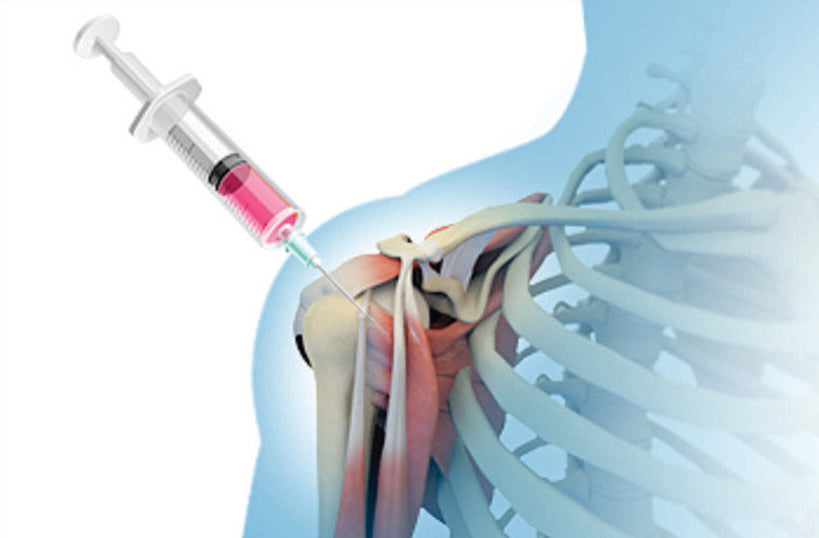
Orthobiologic Injections: PRP or BMAC To further support healing
Dr. Jazayeri often adds regenerative cell-based therapy at the time of surgery:
- Platelet-Rich Plasma (PRP) delivers concentrated growth factors that reduce inflammation and promote tissue repair
- Bone Marrow Aspirate Concentrate (BMAC) contains mesenchymal stem cells that support tendon regeneration
These biologic enhancements are designed to:
- Reduce postoperative pain
- Improve tendon healing and remodeling
- Accelerate recovery timelines
Why This Matters:
This combination of cutting-edge surgical fixation, biologic scaffolding, and regenerative support provides a comprehensive solution for patients with distal biceps tendon injuries. This comprehensive strategy enables Dr. Jazayeri to restore the strength and durability of the distal biceps tendon, allowing patients to confidently return to lifting, training, and performing at their highest level.
-
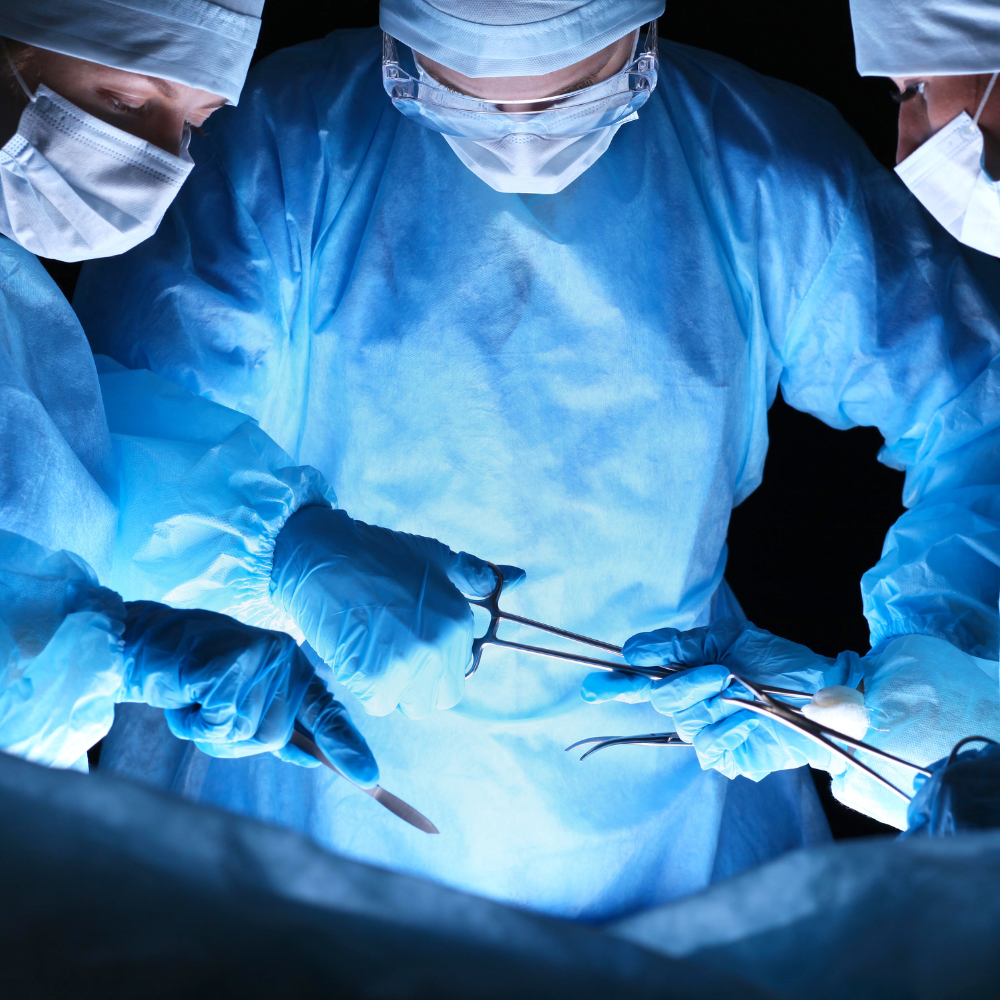
Dr. Jazayeri’s approach is designed to:
- Maximize repair strength and durability
- Speed up healing and return-to-activity
- Reduce the risk of re-tear or long-term weakness
With this advanced strategy, patients can regain the confidence and strength needed to safely return to training, competition, or demanding work—often stronger than before.
-

Postoperative Recovery
Dr. Jazayeri’s recovery protocol is carefully structured and includes:
- Early protection with controlled motion
- Structured physical therapy, both in-person and digitally guided, with progressive loading
- Nutritional optimization, including targeted amino acid supplementation to reduce catabolic stress, preserve muscle mass, and promote collagen synthesis
Recovery timelines vary, but most patients regain full function and return to activity within 3–6 months, depending on the severity of the tear and the demands of their lifestyle.
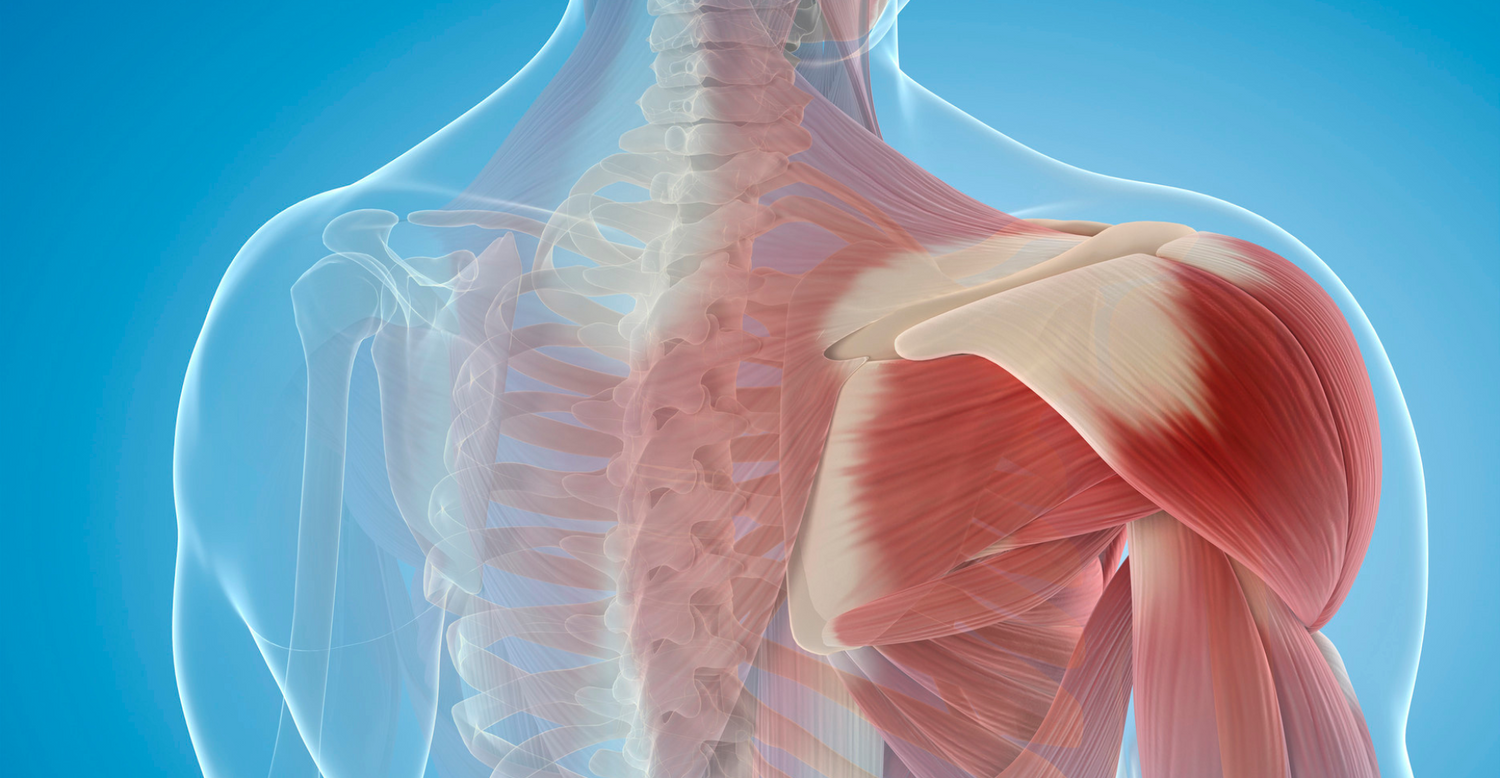
Contact us
If you have questions or concerns, please don’t hesitate to ask Dr. Jazayeri or the care team: (855) 892-0919
Call nowclinical research
References
1
- Greenberg JA, Fernandez JJ, Wang T, Turner R, Islinger RB. Chronic distal biceps tendon rupture: functional outcome after repair with a two-incision technique. J Shoulder Elbow Surg. 2003;12(6):539–544. doi:10.1016/S1058-2746(03)00247-4
2
Tovar-Bazaga M, Pérez-Cuesta Llaneras M, Badia A. Reconstruction of delayed distal biceps ruptures with a dermal matrix. Hand Surg Rehabil. 2023 Jun;42(3):243–249. doi:10.1016/j.hansur.2023.03.004. Epub 2023 Mar 31. PMID: 37004984.
3
Conroy C, Sethi P, Macken C, Wei D, Kowalsky M, Mirzayan R, Pauzenberger L, Dyrna F, Obopilwe E, Mazzocca AD. Augmentation of distal biceps repair with an acellular dermal graft restores native biomechanical properties in a tendon-deficient model. Am J Sports Med. 2017 Jul;45(9):2028–2033. doi:10.1177/0363546517701426. Epub 2017 Apr 19. PMID: 28419811.
4
Lee JS, Gillinov SM, Siddiq BS, Dowley KS, Martin SD. Surgical applications for bone marrow aspirate concentrate. Arthroscopy. 2024 Sep;40(9):2350–2352. doi:10.1016/j.arthro.2024.05.002. PMID: 39428140.





